He claimed that his grandad would bore holes in sugar maple trees on their farm and pack the tobacco in them. Then he would drive a wooden plug into the hole, packing the tobacco very tight. He said he would leave the plugs in the trees for a year. The maple sap would slowly transform the tobacco into some "good stuff". I don't recall what time of year he did this, and I believe he chewed the tobacco, but I know back then, they chewed and smoked the same plugs.
Beefeater, thanks for sharing that, it's intensely interesting and I bet the baccy
did come out good! It speaks volumes about how normal people can figure stuff out for themselves, like how the indians invented the process for perique --- sometimes the good 'ol down home way of doing things is much better than the industrialized large scale processing methods.
As for Wellman, and his process,
I would tend to agree with Jitterbugdude,
" I suspect though that it is probably nothing really at all. A lot of tobacco companies invent phrases or names to make their tobacco seem special. Lucky Strike in particular comes to mind. One of their slogan's was "It's toasted". What they failed to tell the consumer was that all cigarette tobacco was toasted, not just theirs..."
Advertising of that era is notorious for making unsubstantiated claims.
Old ad copy for Granger says "Wellman's old secret" was discovered in 1870, and that it had been revived for Granger in 1921.
I could find no patents for any special process by Liggett & Myers, but I didn't exactly go in depth, you may just find the secret by intense searching, but it'd take time and a dedicated effort.
One theory I found was this, which is possible, and similar to the perique process, but it'd be very time consuming and labor intensive, and I doubt a large manufacturer would want to spend all the extra time doing it...
"...takes the curing burley tobacco and squeezes it in a press to extract any liquid. The liquid is then reapplied to the tobacco."
Here's a good gallery of the old L&M factory,
http://durhamcountylibrary.org/exhibits/tobacco/preptob.html
...not really many solid clues, but cool to see.
:

:



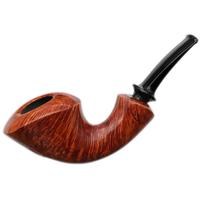
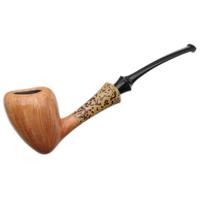
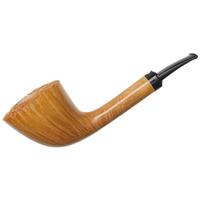
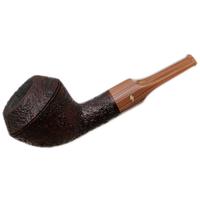
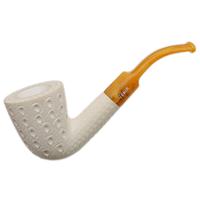
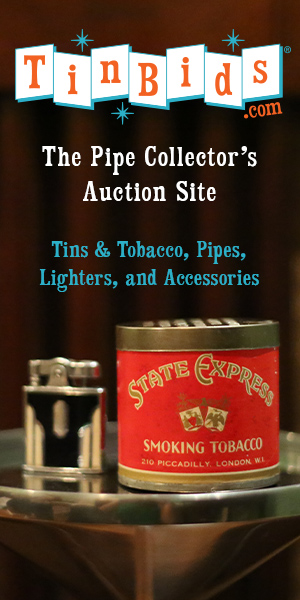



 :
: